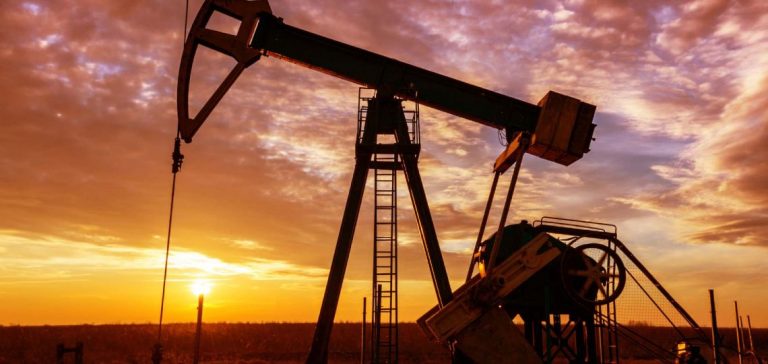Despite growing tensions in the Middle East, the rise in oil prices remains contained. Tehran and Washington have no interest in an escalation, and supply remains abundant. The price of Brent crude oil, which surged above $90 at the start of the Gaza conflict and after a first Iranian attack against Israel in April, remains around $75. Explanations follow.
The risk of a flare-up initially pushed oil prices higher. The launch of approximately 200 Iranian missiles on Tuesday against Israel has raised fears of an open war between the two regional powers. “The market is now expecting a response from Israel,” says Ricardo Evangelista, an analyst at ActivTrades, who believes a large-scale conflict would immediately drive prices up.
Reactions on the Oil Market
“An Israeli retaliation, backed by its unconditional ally, the United States, could include damage or even destruction of Iranian oil facilities,” explains Tamas Varga, an analyst at PVM, citing information from the American media Axios. Iran, a member of the top ten oil producers, holds the third-largest proven reserves behind Venezuela and Saudi Arabia. This uncertainty about Iranian supply has led to a nearly five-dollar increase in the price of oil since Tuesday.
Intentions of Tehran and Washington
Several investors draw a parallel between Tuesday’s attack and Iran’s previous attack on Israel on April 13, which had only impacted the markets for two weeks. “We still believe that a prolonged war (between Iran and Israel) is unlikely,” says Naeem Aslam, noting that Tehran primarily responded symbolically, without the intention of worsening the situation. “Our operation is over, and we do not intend to continue,” clarified Iranian Foreign Minister Abbas Araghchi.
Impact of Chinese Demand
Oil demand has been affected for months by the economic slowdown in China, the world’s largest importer, worrying markets. Recent stimulus measures announced by Beijing have not significantly changed the situation. “To reverse the trend, we would need an increase in consumer demand and a solution to the real estate crisis,” explains Jorge Leon, an analyst at Rystad Energy. Faced with weak Chinese demand, the oil supply remains abundant, keeping prices at a low level.
Opec+ Production Increase
According to the Wall Street Journal, the Saudi oil minister recently criticized Opec+ members (Organization of the Petroleum Exporting Countries and their allies) for not adhering to the agreed production limits. With an implicit threat to follow suit, this could lead to a price war, potentially dropping the barrel price to $50. In response, Riyadh plans to increase its production starting in December, along with seven other members, to gradually restore 2.2 million barrels per day. This decision confirms the need for major oil-producing countries to increase their market shares, even if it means lower prices. “In the event of a decline in Iranian production, Opec+ could likely increase its production by 3.5 million barrels per day,” adds Jorge Leon.






















